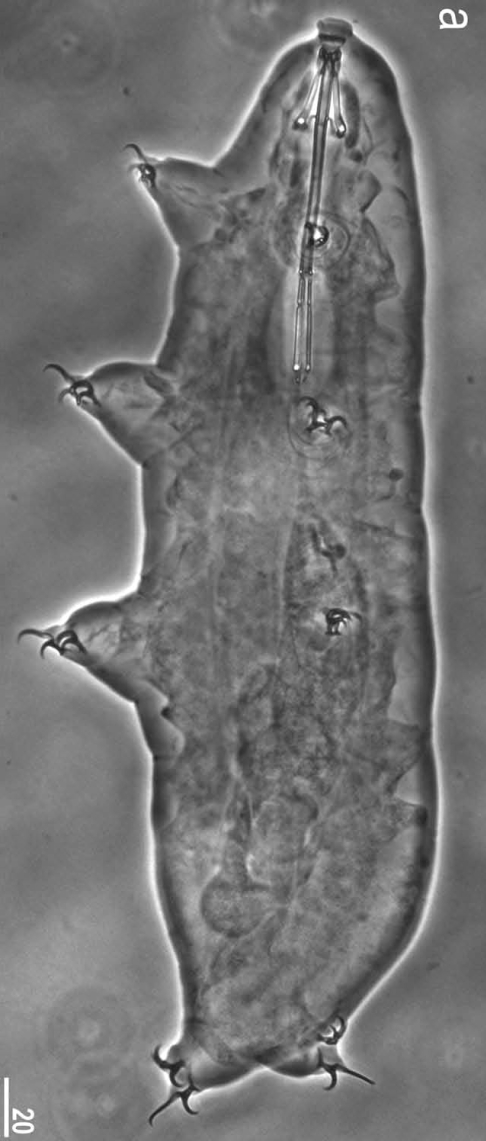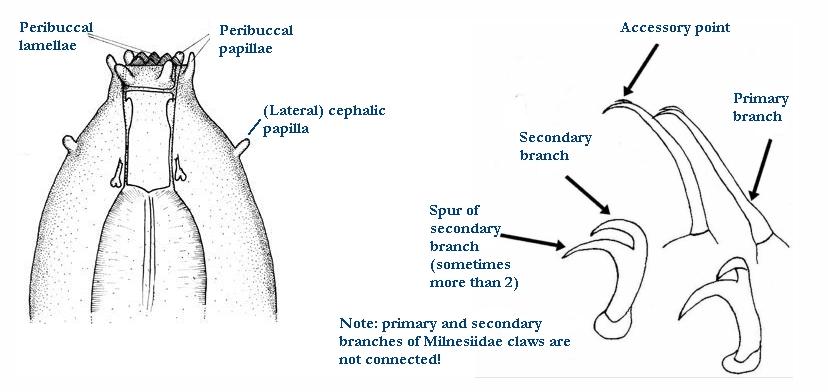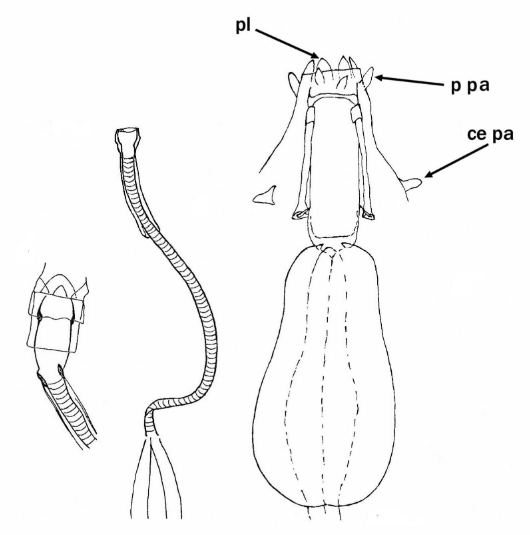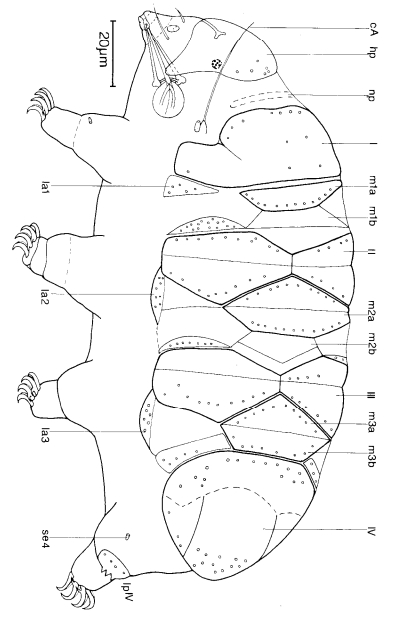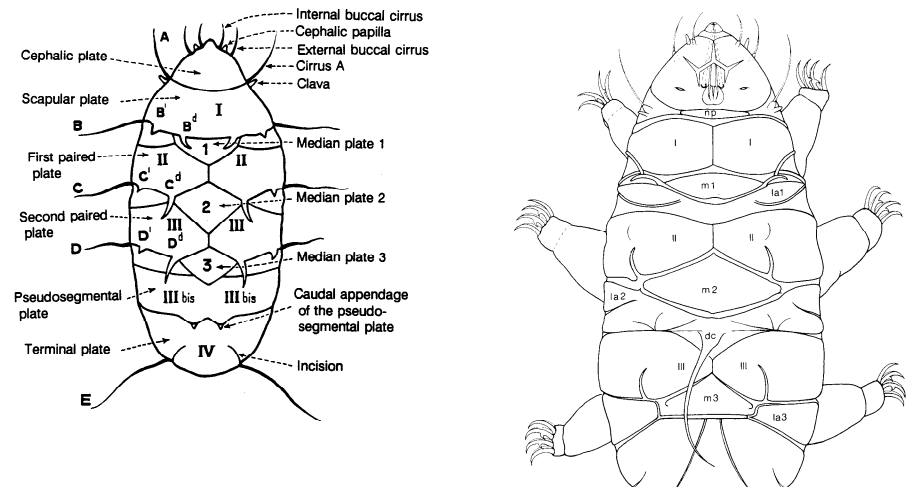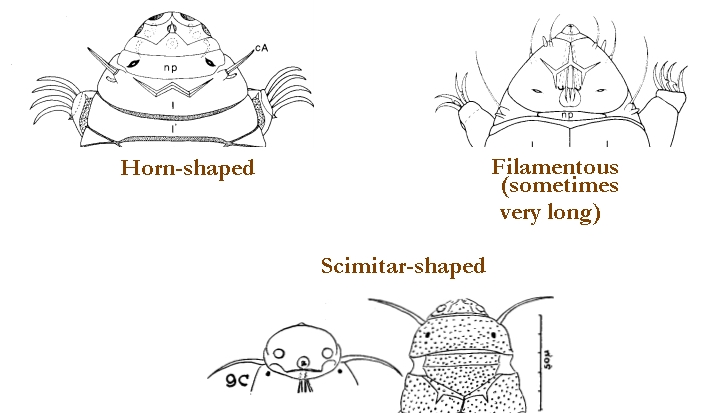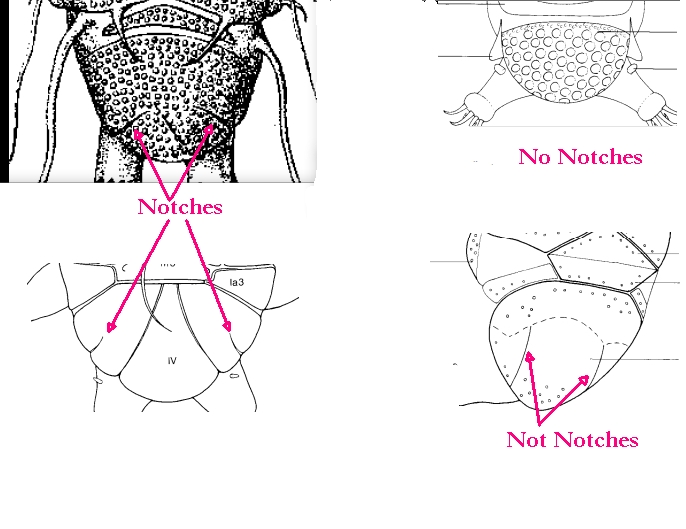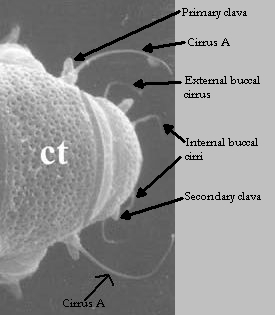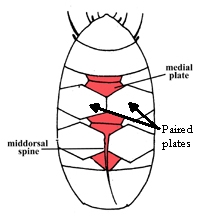Genus description from Pilato 1987: “The bucco-pharyngeal apparatus is of the Diphascon model with the apophyses for the insertion of the muscles of the stylets in the shape of ‘wide and flat ridges’; they are symmetrical with respect to the frontal plane and with the caudal processes well developed and pointing backwards and sideways; the furcae have the postero-lateral processes thickened at their apices.
The bucco-pharyngeal tube is wide and lacking the ‘drop-like’ thickening; the pharyngeal tube is almost as long as the bulb and slightly longer than the buccal tube; the stylet supports are inserted on the buccal tube more caudally than at 2/3 of its length; the pharyngeal bulb is very lengthened and so are the placoids; the pharyngeal apophyses are absent.”
Genus description from Gąsiorek et al. 2016: “Peribuccal structures absent. Apophyses for the insertion of stylet muscles in the shape of wide and flat ridges symmetrical with respect to the frontal plane and with well-developed caudal processes pointing diagonally (backwards and sideways). Bucco-pharyngeal apparatus elongated, with a flexible pharyngeal tube, two long and thin macroplacoids, and a comma-shaped microplacoid. Drop-like thickening between the buccal and the pharyngeal tube, and the pharyngeal apophyses, absent. Pharyngeal tube with double annulation – that is, closely arranged pairs of rings separated by spaces without annulation (visible with SEM only, under PCM the annulation appears single). Claws of the Hypsibius type – that is, asymmetrical both with respect to the sequence of primary and secondary branches (2–1-2–1) and with respect to the size, with external and posterior claws being always clearly larger than internal and anterior claws. Basal claws and secondary branches form a hooked curve. Primary branches with accessory points. Eggs smooth, deposited in exuviae (oviposition synchronised with moulting).”
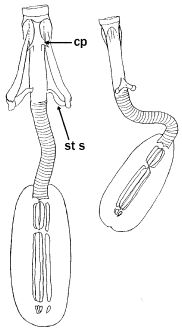
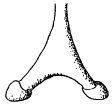
Citations:
Gąsiorek P, Stec D, Morek W, Zawierucha K, Kaczmarek Ł, Lachowska-Cierlik D, Michalczyk Ł. 2016. An integrative revision of Mesocrista Pilato, 1987 (Tardigrada: Eutardigrada: Hypsibiidae). Journal of Natural History. 50 (45-46): 2803-2828.
Pilato G. 1987. Revision of the genus Diphascon Plate, 1889, wiht remarks on the subfamily Itaquasconinae (Eutardigrada, Hypsibiidae). pp. 337-357 in Bertolani R (ed). Biology of Tardigrades: Selected symposia and monographs.
